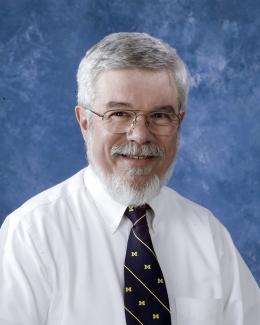
Bio
Dr. Larry Allard obtained all three of his degrees at the University of Michigan in the Materials Science and Engineering Dept. He started his electron microscopy career in 1963 as a sophomore, learning theory and practice under Prof. Wilbur Bigelow. He is currently a Distinguished Research Staff Member in the Nuclear Energy Materials Microanalysis (NEMM) group in the Materials Science & Technology Division at Oak Ridge National Laboratory. His research involves ultra-high-resolution imaging and microanalysis in studies of precipitation processes in aluminum alloys and superalloys, catalytic materials (e.g. single-atom catalysts) for automotive exhaust after-treatment and other chemical processes, and instrumental developments involving in situ electrothermal and operando gas-reaction electron microscopy used in those studies. He is the chief scientist in charge of the Aberration-Corrected Electron Microscope (ACEM) project at the HTML; his JEOL 2200FS instrument one of the first of the new generation of STEM/TEM instruments with sub-Ångström resolution to be installed in the US (2004). He is also the principal technical designer of ORNL’s Advanced Microscopy Laboratory, a facility currently housing 7 of the most advanced and sensitive modern electron beam instruments. Dr. Allard is the author or co-author of more than 350 scientific publications, a coorganizer of more than a dozen workshops and symposia on advanced microscopy topics, and has co-edited several conference proceedings and books, including “Introduction to Electron Holography,” the first definitive textbook on electron holography, published by Kluwer/Plenum in 1999. Dr. Allard was elected Fellow of the Microscopy Society of America in 2010, in the second Fellows class of the society. He was also elected Fellow of the Microanalysis Society in 2022. He still routinely involves Prof. Bigelow, who will turn 101 in March 2024, in discussions of research methods, and other topics such as new instrument acquisitions, and the design and modification of apparatus that contribute to research developments at ORNL.

